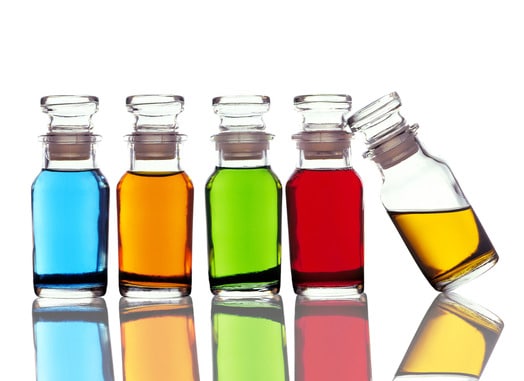How VOCs Effects A Household
Volatile Organic Compounds – VOCs – are a large group of carbon based chemicals that can easily evaporate at room temperature, affecting everything around it.
You know that new car smell or the smell in a room immediately after painting it? That’s VOCs. Some VOCs are stronger than others, meaning you can smell them almost immediately, while other VOCs have no odor at all. Odor does not indicate the level of toxicity. Which means things around you ever day could be affecting your health and you don’t even know it.
VOCs come in a variety of formats. Some common examples that you’ll find in every day products include:
- Acetone
- Benzene
- Formaldehyde
- Methylene chloride
- Toluene
- Xylene
- 1, 2-butadiene
Dig Deeper – Recycling Leftover Paint
VOCs are formed by off gasing from many common household products and activities:
- Carpets and adhesives
- Paint
- Wood composites
- Caulks
- Solvents
- Fabrics
- Vinyl flooring
- Cosmetics
- Air cleaners
- Photocopiers
- Smoking
- Stored paints and chemicals
Studies have shown that the average in home environment is two to five times higher in VOC levels that the outdoors. Which means your family is at greater risk for health problems if you don’t take steps to lower your indoor VOC levels.
What can you do to help lower your risk?
Focus in on buying products and services that offer low VOC options. If a company or product doesn’t say its low VOC and it falls into the categories above, chances are its not. Instead, look for companies that specifically watch for low VOC options and offer them to their clientele.
It will save you and your family from exposure to health risks down the road.
Contact us about your Denver Interior House Painting ideas today.

